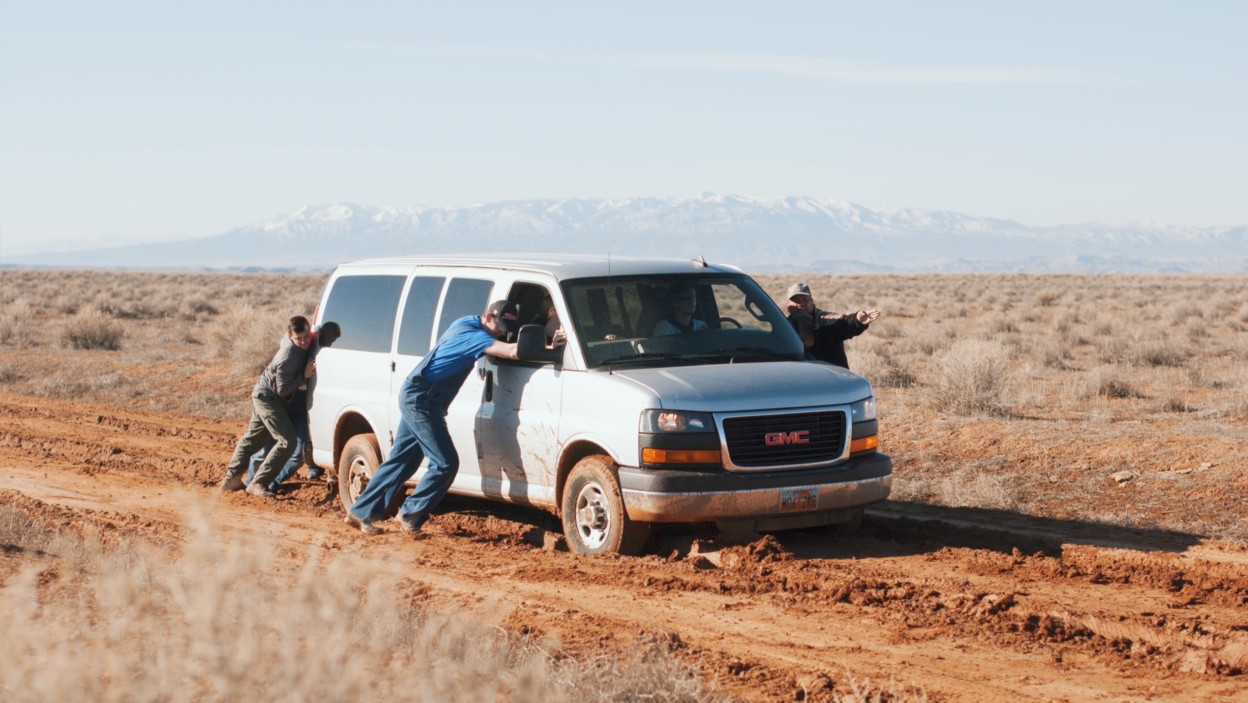In this three-part series on organizational change, we’re conducting a deep dive into why organizations so often struggle to change—and why we believe that it’s possible to change any company culture if we do it together. Part I addresses why teams are so often skeptical, and how leaders play a critical role in proving change can happen.

When organizations roll out a new change initiative, they usually include a statement that goes something like, “when we’re on the other side of this change, everything will be different, better, more productive.” Sounds great—it’s just getting to the other side that’s the challenge.
To help teams work through these changes, various consultancies have developed their own change models: Kotter, PROSCI/ADKAR, Switch, Bridges, and so on. Each model has its own value and strengths, but they also contain assumptions that don’t reflect the true nature of organizational and cultural change. In fact, they can make change even harder to understand.
Assumption #1: Change is a singular moment in time
As evidenced by the idea that we can get to the “other” side of change, most change models assume some kind of linear path, going from the beginning of the change initiative to the end, where it stops, and everything is better. Any diversions from this path are accounted for by saying you may need to “go back a step in the process” before proceeding.
We believe change is a dynamic, non-linear process. As much as teams might like to believe there’s a promised land where everything is better, realistically, there is no arrival point, no time when change officially “ends,” nor does it occur in a straight line. Change happens at different speeds, at different times, and in different places within every different organization.
Assumption #2: Change happens in closed systems
Most change models believe a change initiative can be constrained within some kind of boundary, where very little gets in, and almost nothing gets out. You can recognize this assumption when people say things like, “I’m not sure they’ll be affected by this,” or “our customers shouldn’t see a difference in the way we operate.”
We believe change happens in an open system. All of the elements within the system are being influenced by elements outside of the system, and these elements have the potential to influence each other. This view means that change happens in a web of influences, and identifying a “root cause” becomes very difficult.
Assumption #3: Change leadership is top-down
Change is led from the top and pushed to the bottom. There is almost always a slide in the deck of a waterfall, indicating the torrent of change communications being proposed to ensure everyone knows about the change.
We believe change leadership comes from many angles. Sure, change leadership can happen in the traditional top-down direction, but for change to stick, change leadership should be re-oriented to address how change is led from the bottom-up, and perhaps the middle-out. Change requires leadership that can meet the change where it occurs and work toward sustainability, which requires leadership throughout the organization.
Assumption #4: Change is complicated, but can be simplified
Traditional models also assume that change is complicated, but if we communicate enough, we can influence the organization’s attitudes about that change so it becomes significantly more simple.
We believe change is complex and emergent. Beyond communications and attitudes, change is about behaviors and actions. When a change initiative begins in one part of an organization, it will undoubtedly begin to influence other parts of the organization, and emergent and unpredictable things may occur.
Assumption #5: The “right” change has been identified
Finally, change models assume they have identified the right problem to solve before the change process begins.
We believe change starts with a hypothesis. We begin with the assumption that we have a poorly defined or an unclear understanding of the problem we are attempting to solve with a change initiative. The problem will also morph as the systems, patterns of behavior, and communication begin to change. As the problem changes, so should the approach.
Assumption #6: There’s a singular model that can be applied to all change initiatives.
What organizations really need is to know when to apply different types of change, and how to switch between models. Furthermore, a big, discrete event like a restructure might call for one model, but to change how people work together within that new structure, you’ll need to adopt a different approach.
How can anyone keep this straight? How do you make change, together? Learn more about our process, and the mindset and methods that make it possible.








The Evolutionary Edge
Every Link Ever from Our Newsletter
Why Self-Organizing is So Hard
Welcome to the Era of the Empowered Employee
The Power of “What If?” and “Why Not?”
An Adaptive Approach to the Strategic Planning Process
Why Culture/Market Fit Is More Important than Product/Market Fit
Group Decision Making Model: How to Make Better Decisions as a Team